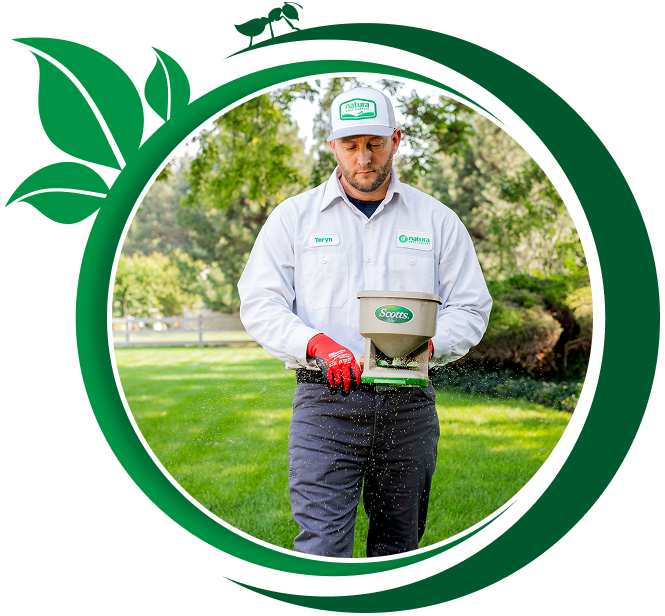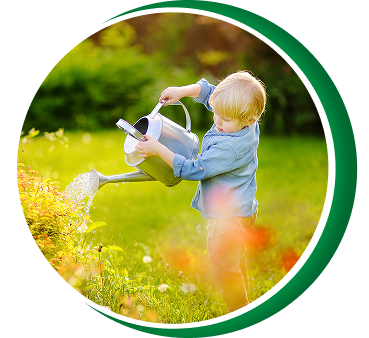
Effective Cricket Control in Idaho and Nevada
Crickets are more than just a noisy nuisance—they can cause property damage, attract other unwanted pests, and disrupt your peace of mind. At Natura Pest Control, we specialize in cricket control throughout Idaho and Nevada, offering tailored solutions to protect your property and keep these persistent insects at bay. Whether you’re dealing with an active infestation or looking for proactive measures, our team is here to help you reclaim your home. Let us take care of your pest today! Fill out your information below for a free quote!
How We Safeguard Your Home from Crickets
We begin our cricket pest control service with a thorough inspection of your property, identifying the areas where crickets are most likely to hide, breed, and feed. Common cricket hotspots include dark, damp areas like basements, crawl spaces, and under debris. By pinpointing these areas, we create a customized treatment plan that addresses the root causes of an infestation rather than just the symptoms.
Our methods include targeted treatments on your home's exterior using eco-friendly products to create a protective barrier, preventing entry and addressing outdoor infestations. We also focus on moisture reduction by recommending and implementing solutions like fixing leaks and improving drainage, as crickets flourish in damp conditions. Furthermore, our team provides guidance on preventive maintenance, such as sealing cracks, reducing clutter, and maintaining a tidy yard, to make your home less attractive to crickets and minimize future infestations.

No matter what type of pest your dealing with we can help. We offer top-notch home pest control services that are designed to get rid of pests including ants, cockroaches, spiders, wasps, and more. Our team of experienced professionals work diligently to ensure that your home is free of pests in no time. And, our services are affordable, so you can rest assured that you won't break the bank when you choose us.
Why Choose Natura Pest Control for Cricket Control?
At Natura Pest Control, we take pride in our commitment to providing safe, thorough, and effective solutions for all your pest control needs. We understand that cricket control is about more than just eliminating a current infestation—it’s about creating a barrier that prevents future problems.
Our commitment to environmentally responsible methods ensures the safety of your family, pets, and the ecosystem. We prioritize low-impact approaches that effectively eliminate pests while minimizing environmental impact. Our expert technicians stay up-to-date with the latest industry best practices and state-of-the-art treatments, guaranteeing you the most reliable and advanced pest control solutions available.
We also provide comprehensive support throughout the entire process, from the initial inspection to ongoing follow-up care. Our dedication to excellent customer service includes offering guidance on preventative measures, ensuring your home remains protected against pests year-round.
When you’re ready to stop crickets from disturbing your peace, contact our friendly team at Natura Pest Control for a personalized plan that delivers long-lasting results. Your home deserves the best defense against pests, and we’re here to provide exactly that.



-
Luke was phenomenal and so efficient! He made sure every area of my house got treated and was conscious of our dog and kids! I already love how much of an improvement I'm seeing and the best part, I know theres no nasty chemicals in my home or around my family! Thank you guys so much!- Madison H.
